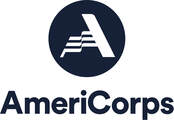|
Returning to my hometown and serving at the Barbour County Historical Museum has given me the opportunity to connect with museum visitors. I enjoy answering questions and learning things for and with the visitors. I do my best to connect the museum to each person’s own interests and history, for even if they’re from far away there is something in the history of Barbour County for all. One visit that stood out was that of Zachary and Katherine Cunningham. Zach is a Barbour County native who recently returned to the area with his wife Katie to open up a chiropractic office in Philippi. Katie’s mother was visiting Philippi for the first time and they all three passed by the museum and saw it was open. Though Zach had been there several times as a child, Katie and her mother had never been. At the time there were several guests in the museum and I was circling around the museum to answer any questions. Wandering by Zach, Katie, and her mom, I overheard a discussion between the two of them looking at the high school photos, searching for Zach’s father. I asked them what years he was in school, between 1959-63. The Barbour County Historical Museum had recently received some year books, including the year Gary Cunningham had been in school. Later I asked Zach and Katie about their visit to the museum and about Gary Cunningham. Gary Cunningham had spent his first three years at Philippi High School and was part of the first class to graduate from Philip Barbour High School. He went to Fairmont State and returned as a biology teacher, after which he went back to school to become a dentist. Gary Cunningham passed away in January of this year. I didn’t know any of this when I went searching for the yearbooks. Zach later told me that seeing his father in a yearbook photo gave him a sense of nostalgia. He could imagine his dad as young kid, growing up in Philippi in a way that is both so different and so similar to today. He said he was impressed on how quickly I picked up on cues and brought them the yearbook. It gave him a personal connection to the Barbour County Historical Museum and and demonstrated how his own family history fits into it. Katie also told me how they walked away from the museum talking about how special it was. Though I don’t have a yearbook with everyone’s parents in it, I do try to make that personal connection with people. Whether they’re from Barbour County or not, there is something in the story of this place that connects with their own story. I love to find those connections and share them with visitors. Marisa TerwilligerMarisa Terwilliger served as the Preserve WV AmeriCorps member at the Barbour County Historical Museum for the 2021-2022 program year.
In the course of my AmeriCorps service at the Morgantown History Museum (located at 175 Kirk Street, Morgantown, West Virginia), I have processed a number of collections. This process involves consulting the accessions inventory and locating the donated item (which can be time consuming). This is followed by tagging each item with a unique number, then scanning or photographing each item, and finally entering a description and image of each item in the Museum’s database. Of all the various collections, perhaps my favorite Museum collection is the Katherine Forman Sterling Faucet Collection. The Museum has many items and objects related to the Sterling Faucet Company, such as Sterling Faucet newsletters, corporate documents, and even a sculpture presented to a retiring executive. These items offer a corporate or a top-down look at the Sterling Faucet. The Forman Collection, however, offers a worker's perspective or a ground-up consideration of work at the Sterling plant. The now demolished Sterling Faucet Company plant was located along WV State Route 7 in Sabraton, a one-time suburb of Morgantown. Sterling Faucet began operations at the site in 1942 (replacing the earlier American Sheet and Tin Plate works, which ceased operations several years earlier). Katherine Forman joined the Sterling Faucet work force in 1963 and remained employed there until the plant’s closure on March 29, 1996. During Forman’s career at Sterling, she witnessed much change in the workforce, especially change related to women’s role in the workforce. Katherine Forman and her family donated well over one hundred items to the Museum in 2012. These items run the gamut from Sterling Faucet faucet parts, such as faucet handles to her Sterling Faucet windbreaker to a series of Dominion Post newspaper articles covering the period from 1989 to 1996 and reporting on the plant’s planned shutdown into its final days of operation. There are many other items of course, some of which are generic, such as, Forman’s service pins, with letters congratulating her on her years of service, but interestingly she also received a brass clock as part of a 25 year service award. Other interesting items include “swag” or awards from plant production competitions, including a pin back button with her picture on it, a Sterling Faucet coffee cup, and even a Mepps fishing lure. Because Sterling Faucet was a union shop, Forman was a member of United Steelworkers of America Local 6214. The Museum has her membership card and a woman’s watch awarded to her by the USWA for 25 years of service. Perhaps most interesting of Forman’s Sterling Faucet donations, are some of her tools and work gloves that she used at the plant, and perhaps the most interesting of all is her final time card, which is marked “The End.” This timecard adds a certain finality to her career at Sterling Faucet. The Katherine Forman Sterling Faucet Collection is an excellent collection which not only represents life as an employee at Sterling Faucet, but provides many insights into the career of a woman whose work experience spanned the 1960s into the 1990s. Lee R. MaddexLee Maddex served as the Preserve WV AmeriCorps member at the Morgantown History Museum during the 2021-2022 service term.
On the morning of July 16th, a group of volunteers set out in the New River Gorge National Park and Preserve to spruce up the Kaymoor Top parking lot. The lot serves a large system of trails in the area and is one of the park’s most heavily used parking spaces. After years of wear-and-tear, it was time to give the lot a fresh face. The park’s phenomenal Roads and Trail crew spent the week prior setting the volunteers up for success by regrading the lot, putting down fresh gravel, and laying delineation timbers. Saturday, the group of volunteers finished out the project by giving the vault toilet a fresh coat of paint, pruning vegetation, seeding vacant ground, and staking down the new parking bumpers and border timbers. The group consisted of ten volunteers, including NERI’s Acting Superintendent, Jason Newman, as well as several other park staff members who helped to facilitate the event. Some visitors who were passing through to get to nearby trailheads also stopped momentarily to try their hand at driving stakes! Initially, the project was expected to run 8 am to noon, but the exceptional volunteer group surpassed expectations and concluded work half an hour early- just in time for the weekend recreation rush. In addition to improving visitor experience, this project ultimately contributes to a larger preservation effort being made at the site of Kaymoor, WV - a National Register site with several ruins that are exemplary of the area’s rich coal mining history. Kate CaplingerKate Caplinger served as the Preserve WV AmeriCorps member at New River Gorge National Park and Preserve for the 2021-2022 program year.
The morning after moving to Wheeling, I woke up early to drive to Morgantown for a cemetery preservation workshop. Beyond being a place of final rest for loved ones, cemeteries are invaluable repositories of local history. From who was buried there, in what location, what materials were used to construct the monument, to what was written on their epitaph, much can be gleaned from a visit to a local cemetery. I have long used headstones to corroborate genealogical research, especially when inconsistencies in spelling or dates may occur. The workshop began with a tour of the grounds. Jon’s passion and expertise were evident as we walked around admiring the headstones. He explained different monument styles, trends, and noted obvious conservation work that had been done in the past. Members of Monument Cleaning & Repair, a volunteer organization in Morgantown, also shared with the group the conservation work they had conducted. Following this tour, we gathered around a group of headstones and Jon explained the basics of safely cleaning headstones. He stressed the importance of using a cleaning solution appropriate for the headstone as well as soft, natural bristle brushes. Occasionally wooden sticks may be needed to clean out impressions. After returning from lunch, we went into monument resetting. This process can involve setting the headstone to the base with a mixture of putties and lead wedging, or can just involve “shoring up” the entire fixture to counteract the natural settling or erosion of the ground. The first project our group worked on was gently digging around a headstone with a base and placing gravel underneath so that it sat level. Then the headstone was placed over the gravel, and the earth around it was filled back into creating a more even surface. The second project our group worked on was resetting. Using wooden wedges and old sections of fire hose as cushions, we were able to move heavy stone monuments, clean the contact surfaces, and use adhesive materials to reattach stones to their bases. Shortly after this I hopped in my car and drove back to Wheeling. Although I wish I had stayed for the second day, the road trip was catching up with me. This workshop was a lovely “welcome” to service year in West Virginia! kate wietorKate Wietor served as a Preserve WV AmeriCorps member for Wheeling Heritage during the 2021-2022 program year.
On June 20th, 2022 Dr. Thomas Jordan, and Dr. Jeffery Dick from Youngstown State University joined me and several AmeriCorps volunteers at the Old Hill Cemetery in Weston to start our long awaited Ground Penetrating Radar (GPR) project to document the upper portion of the cemetery. This technology is used to look under the ground and can be used to measure a variety of things. In our study we used a lawnmower-esque GPR machine to push across the landscape, dropping down to depths of 10ft, looking for adipose air. Adipose, commonly referred to as ‘fat’ in the human body, leaves a very specific signature of the GPR readings that can be used to detect human bodies at various stages of decomposition under the ground. For our purposes, GPR was necessary to properly survey our cemetery and document graves in a location that had no headstones and no prior documentation. The reason for this is it was historically an African American Cemetery. This theory, formulated by Kristen Bailey and myself, was recently confirmed in an Oral History I conducted on African American history in the town and Lewis County more broadly. The importance of documenting this section of the cemetery cannot be overstated. Preserving African American history in West Virginia is important to give voice to an underrepresented population. The volunteers who came out to help with this GPR project really made the difference in how much of this survey we were able to get done in one day. A huge storm the night before knocked down several massive trees, blocking off some of the property and destroying some of the older headstones. With the quick action of our AmeriCorps volunteers, and local volunteers like Robert Weaver who came out to the cemetery last second with his chainsaw, we were able to move all the debris and completely survey the area of the cemetery we had planned to go over. While the results of this survey are still being gone over by the professionals at Youngstown State, no doubt the findings will be monumental for the preservation of African American history in our county. Without the time commitment and resources from Drs. Jordan and Dick, the manpower from our AmeriCorps volunteers and the quick thinking of locals like Mr. Weaver, certainly none of this would have been possible. Jamie BillmanJamie Billman served as a Preserve WV AmeriCorps member for the Weston Historic Landmark Commission during the 2021-2022 program year.
Recently at the Randolph-County Public Library a woman came in and asked at the front desk if the library had some books on local history. I overheard her request and took the opportunity to tell her about my AmeriCorps service project. Since placing the majority of books in the library’s entire collection in storage as a result of water damage around the beginning of 2022, the only books currently available for checking out are all fiction. The woman stated that she was in town from California to visit family and had taken a trip on the tourist train in Elkins earlier in the day and was interested in local history. I was more than happy to show her how to access the material I have digitized on the library’s website and she was extremely interested in learning about the project. That alone was rewarding for me as it’s been a bit of a challenge to garner interest in the project. A few days later she returned and we talked some more and to my surprise she stated that after reviewing one particular book I had digitized, ‘Chronicles of Border Warfare’ by A.S. Withers, she purchased a copy locally from the Elkins Depot Welcome Center. We discussed the book for a bit and how it was especially interesting because of the areas where the book primarily takes place, north-central West Virginia and eastern Ohio. Interest in local history by the general public, as far as I can tell, is admittedly limited, so this occasion stood out and hopefully there will be more interest generated in my service project in my next year of service and perhaps she will spread the word about the project to friends and family who are also interested in local history. I hope to achieve this by planning some days to demonstrate the project to the public and continuing to put the word out on social media which could result in having more similar great stories to share as a result. josh wanstreetJosh Wanstreet is the Preserve WV AmeriCorps member serving with the Elkins-Randolph County Public Library during the 2021-2022 service year.
At the end of March 2022, Preserve WV AmeriCorps members participated in a windows restoration project at Pricketts Fort State Park in Fairmont, WV. Restoration was completed on five of the windows in the Job Prickett house. The farmhouse was constructed in 1859 by Job Prickett, the great-grandson of Captain Jacob Prickett, and it is located just outside the recreated 18th century fort. The first portion of the project consisted of a two-day workshop led by Derrick Smith of Belmont College and the Smith Family of Workshops LLC and Kellie Ahmad of Rust Belt Restoration LLC. Preserve WV AmeriCorps members were joined by AmeriCorps members from the Appalachian Forest National Heritage Area and members of the public for the training. During the workshop participants received instruction on window anatomy, repair tools and techniques, and the care of historic wooden windows. The group then worked to assess the condition of the Job Prickett house windows and remove those selected for restoration work. Instructors Smith and Ahmad then led the group through hands-on training in the process to remove old glazing, clean the glass panes, remove the paint and make any necessary epoxy repairs, replace the glass panes, re-glaze the windows, and then prime and paint the sashes. After two-days of training, Preserve WV AmeriCorps members completed two additional workdays to sand, repair, and re-glaze the ten window sashes (two per window) under the guidance of Kellie Ahmad. The first day the members worked on removing the old glazing from each pane and cleaning each piece of glass, sanding the sashes, and making any necessary repairs. After letting the epoxy repairs dry overnight, on the second day members finished sanding and scraping the sashes, replaced any broken panes of glass, and re-glazed the windows. By the end of the workdays the group had all ten sashed finished and set up for drying as the glazing takes several weeks to set up and completely dry. Three weeks later, in late April, three Preserve WV AmeriCorps members returned with Kellie Ahmad to paint and reinstall the restored windows into the Job Prickett house. At the end of a long day of painting and scraping paint off the glass panes, the group reinstalled the five windows back into place. Through this training opportunity AmeriCorps members learned hands-on restoration skills and provided important volunteer service to Pricketts Fort to assist them in preserving their historic structures. dr. kathleen thompsonKathleen (Katie) Thompson serves as a Preserve WV AmeriCorps member for the Clio Foundation during the 2021-2022 service year.
|
Preserve WV StoriesCategories
All
Archives
August 2023
|
Get Involved |
Programs |
Contact UsPreservation Alliance of West Virginia
421 Davis Avenue, #4 | Elkins, WV 26241 Email: [email protected] Phone: 304-345-6005 |
Organizational Partners:
© COPYRIGHT 2022 - PRESERVATION ALLIANCE OF WEST VIRGINIA. ALL RIGHTS RESERVED.

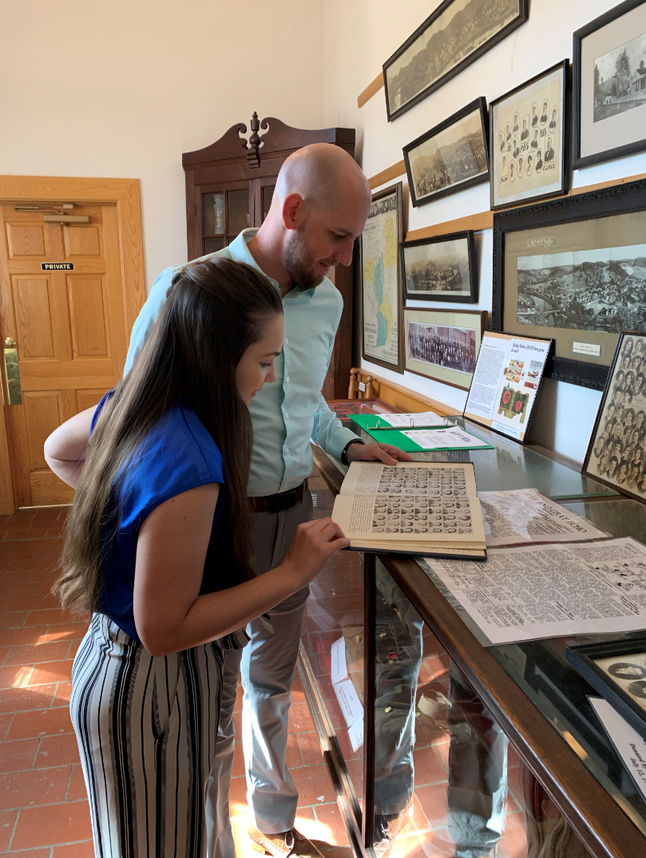
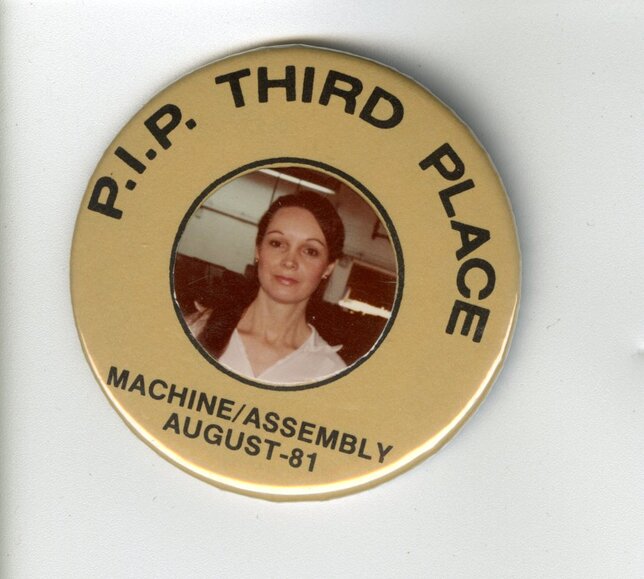
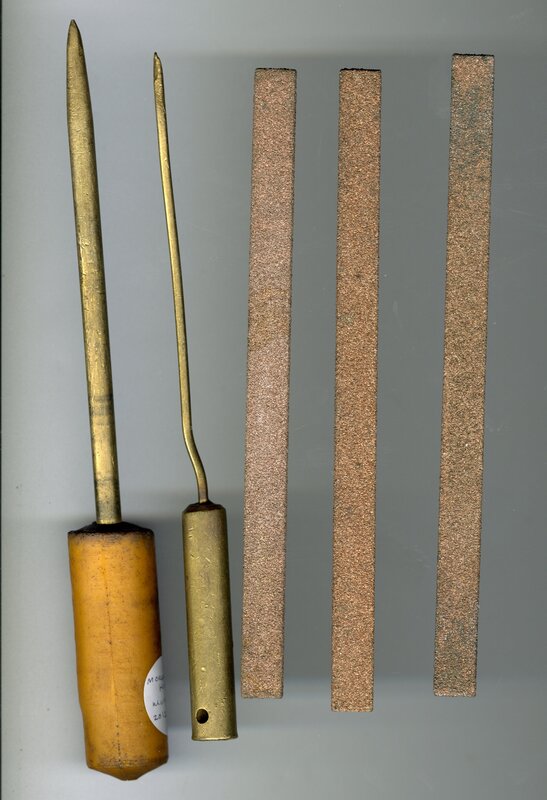
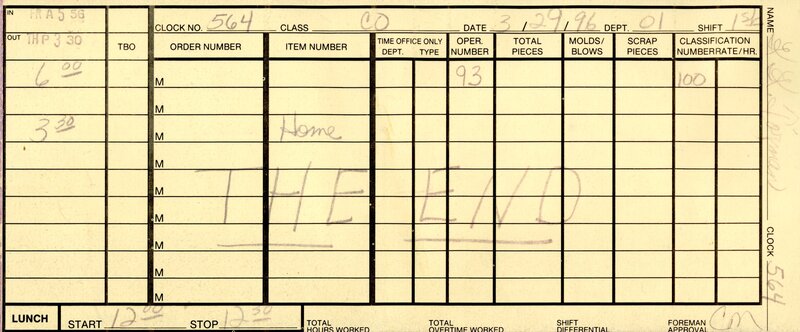
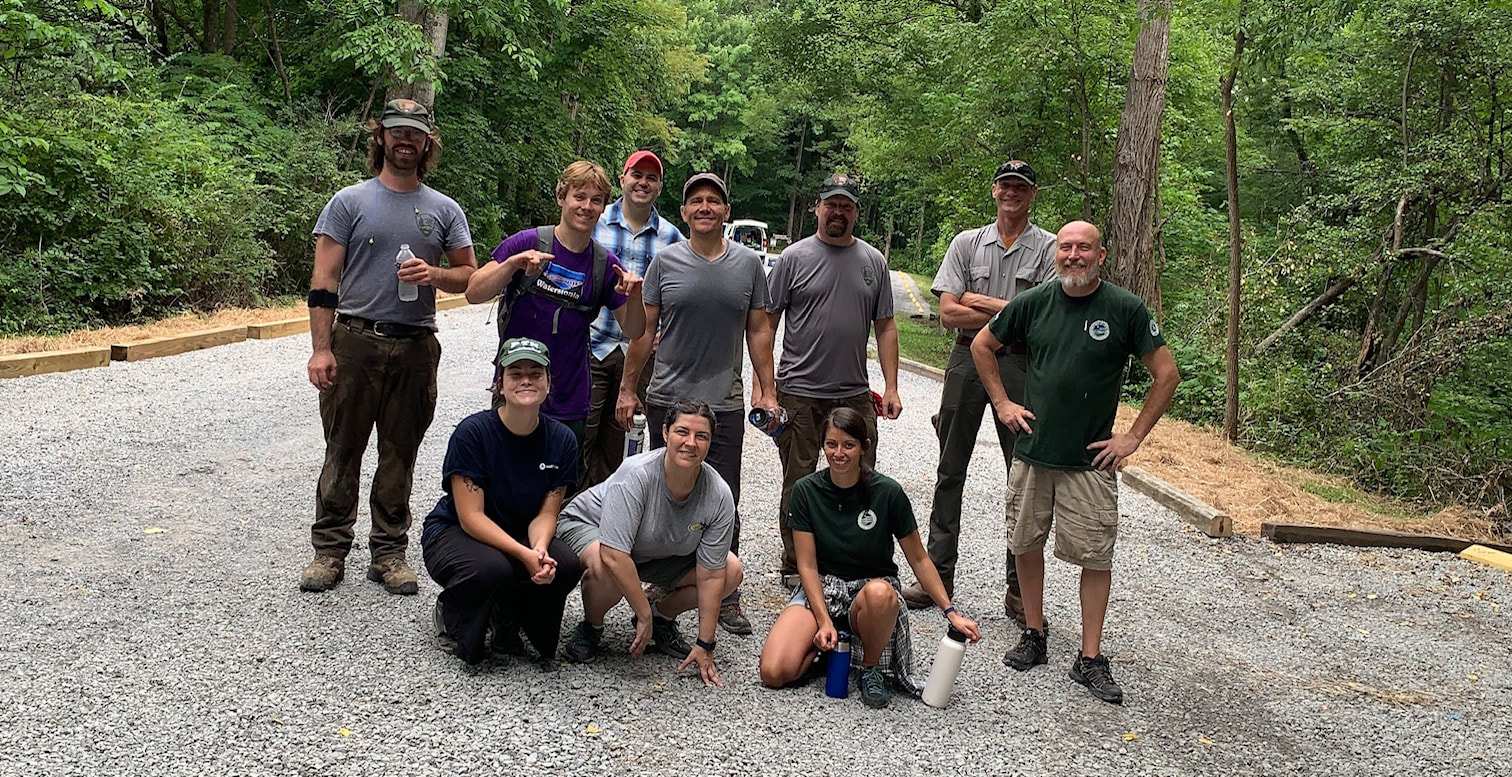
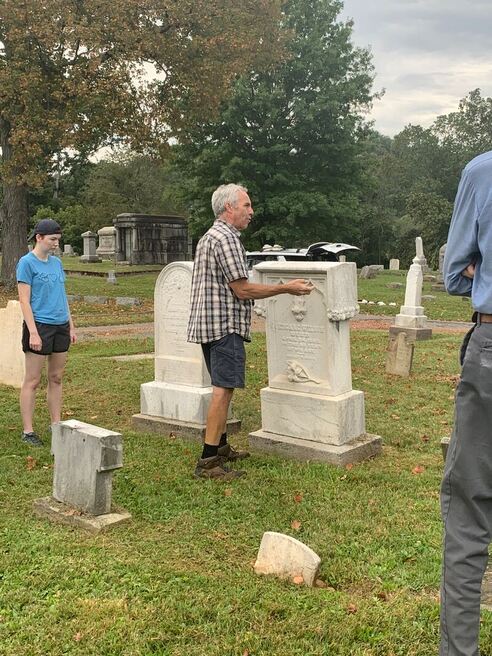
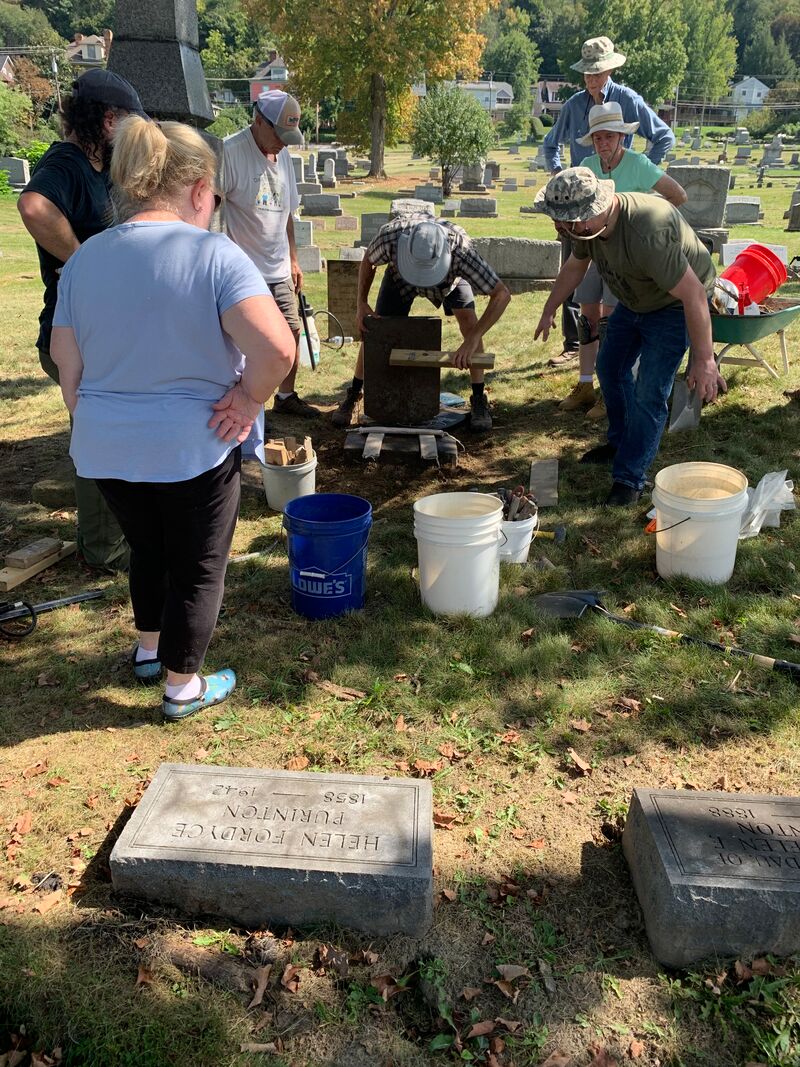
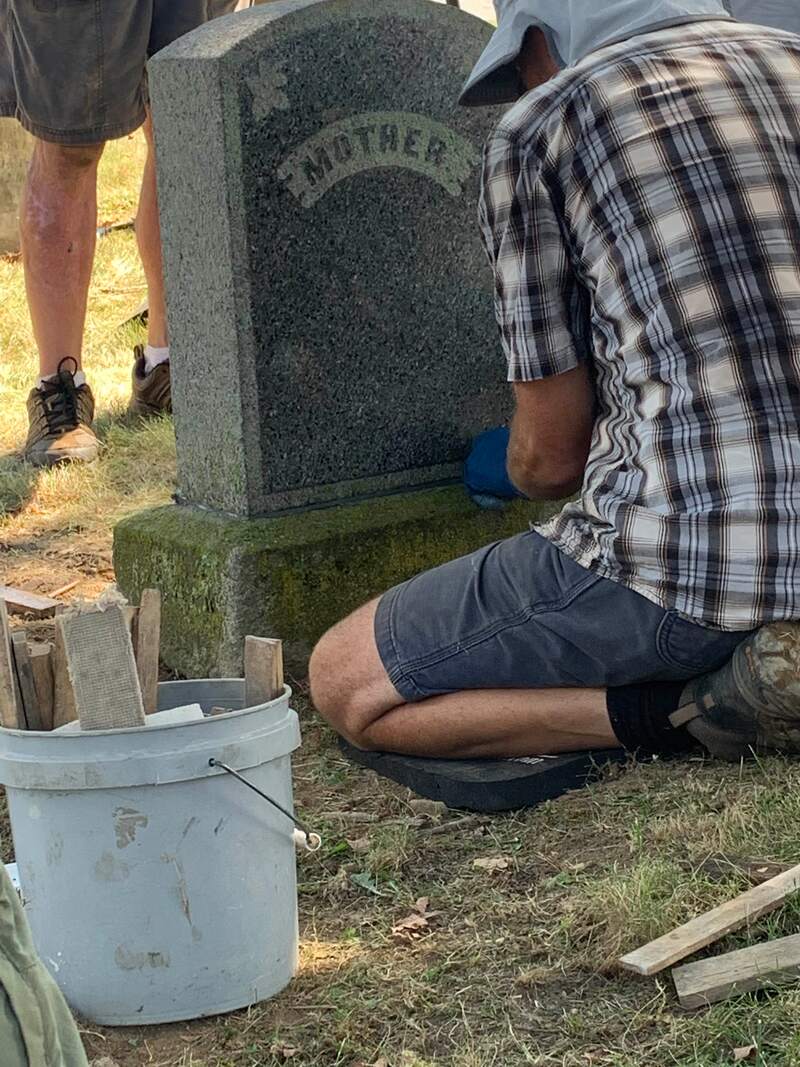
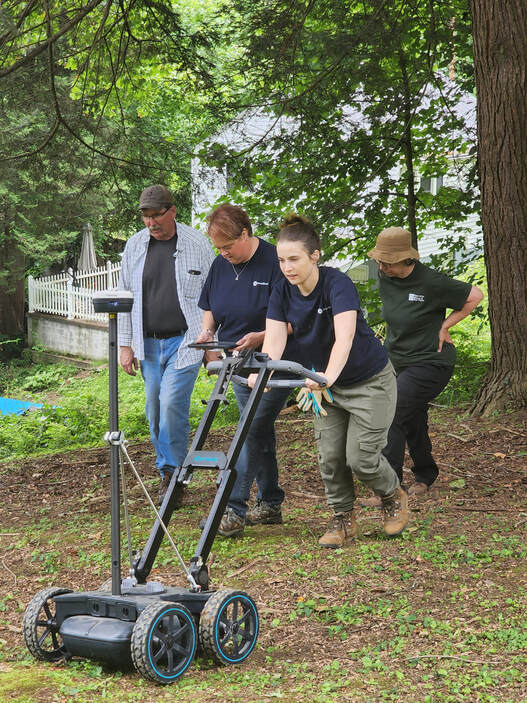
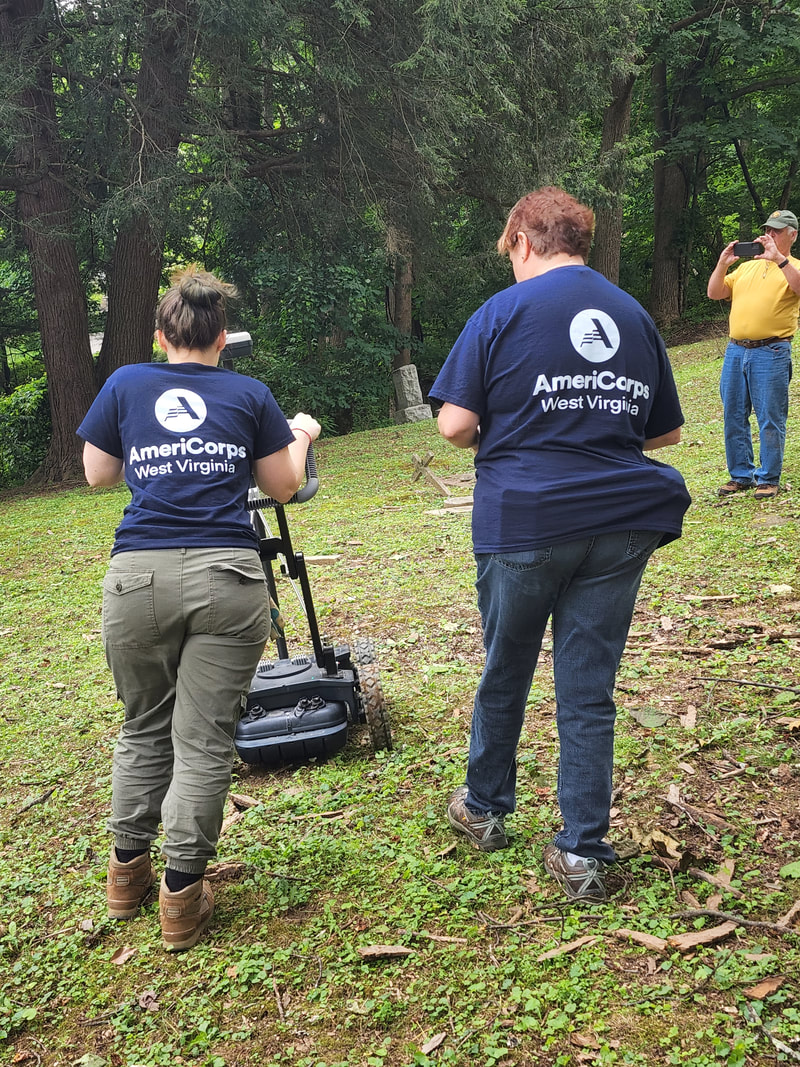
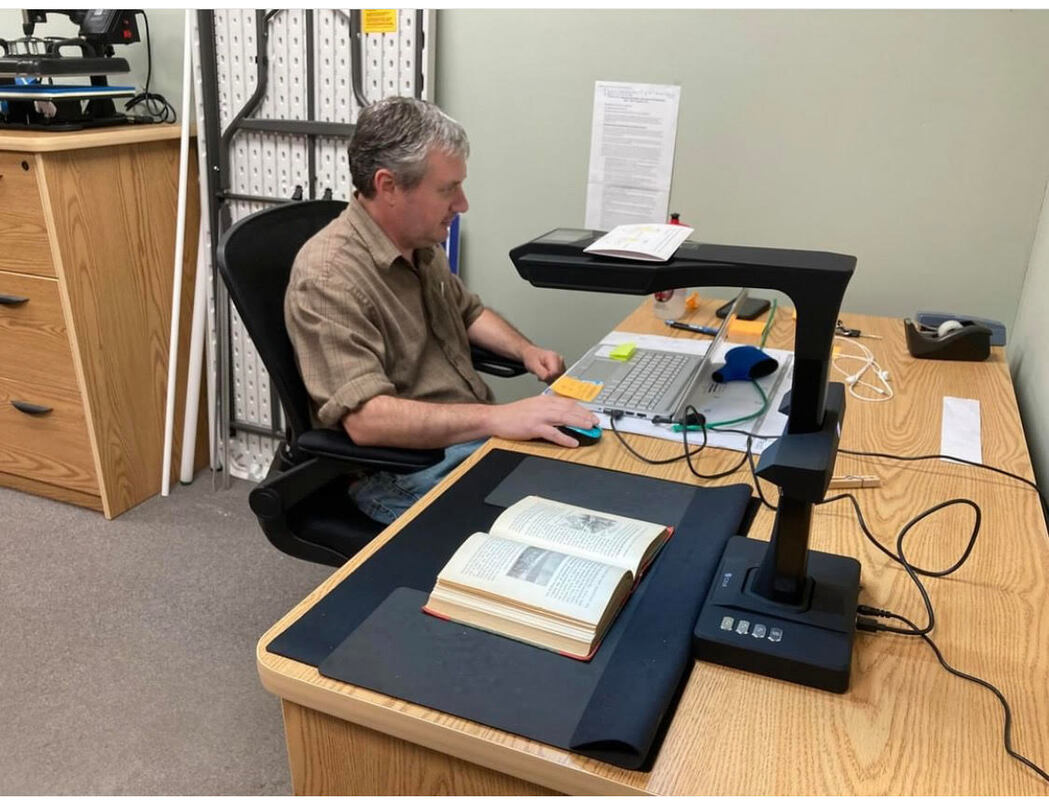
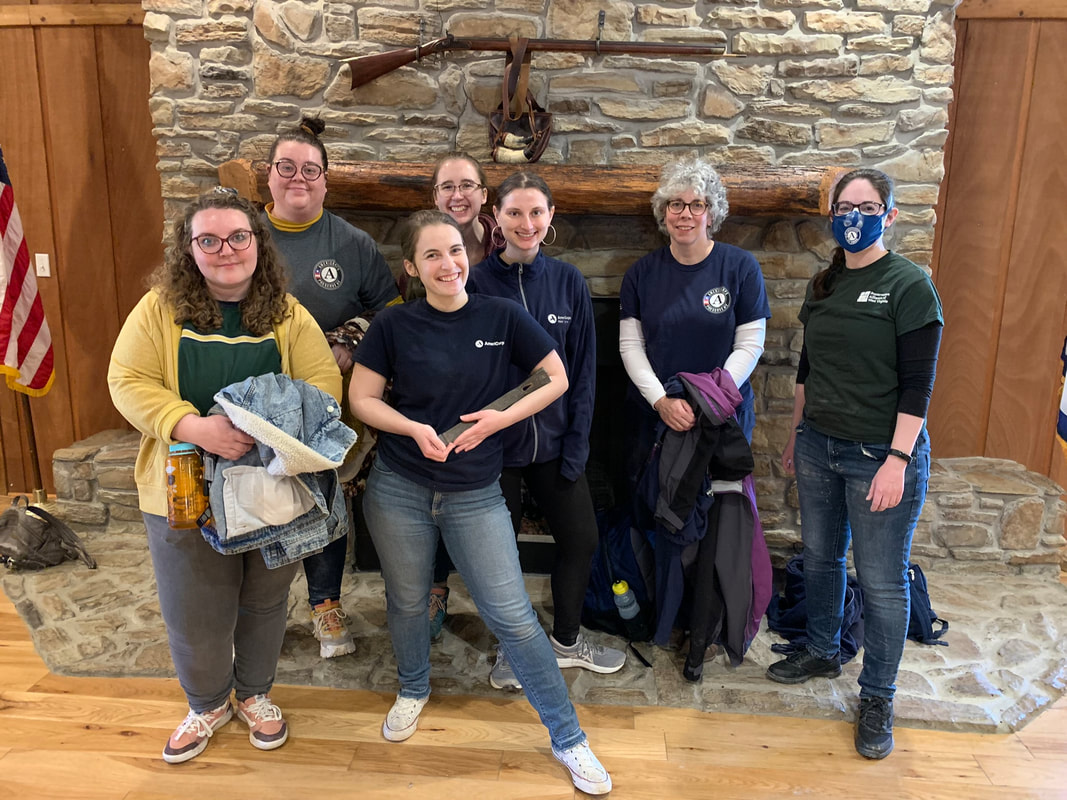
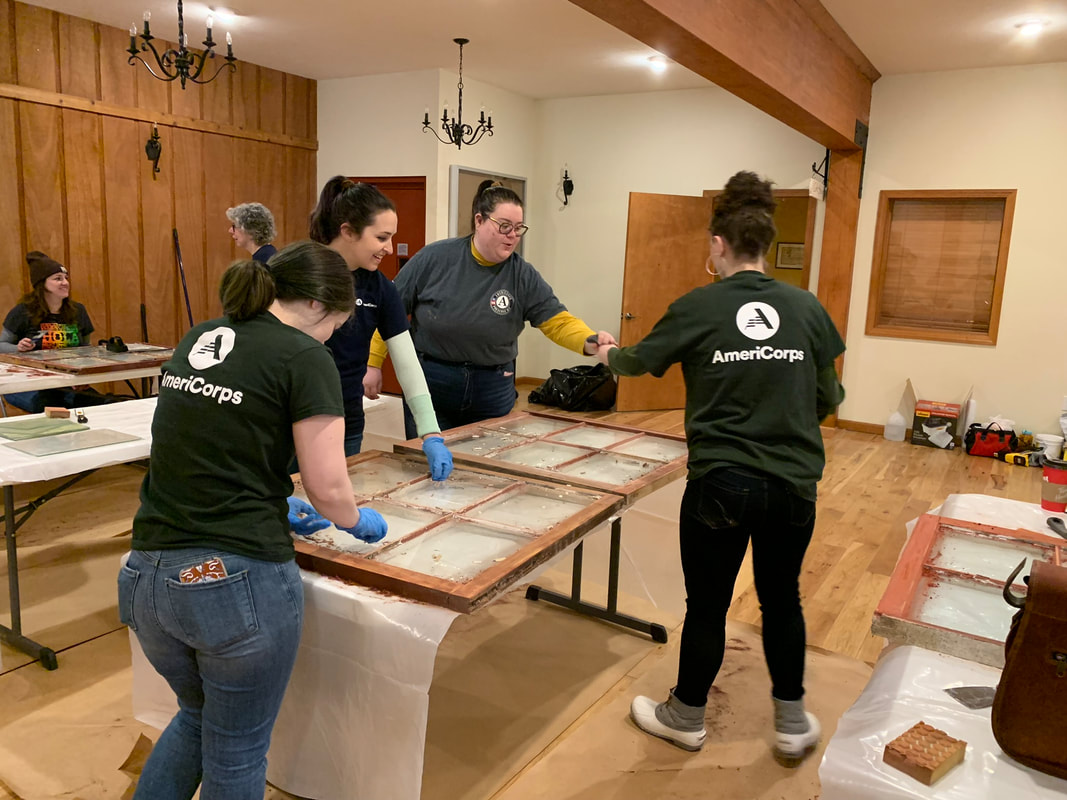
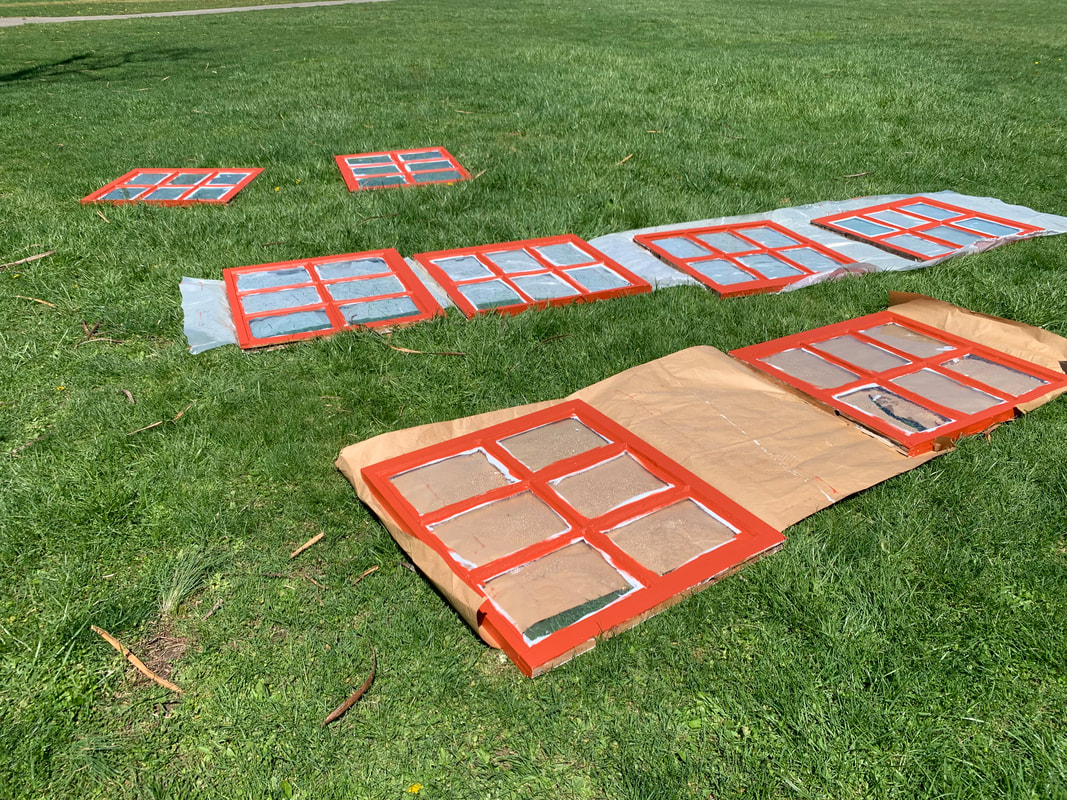
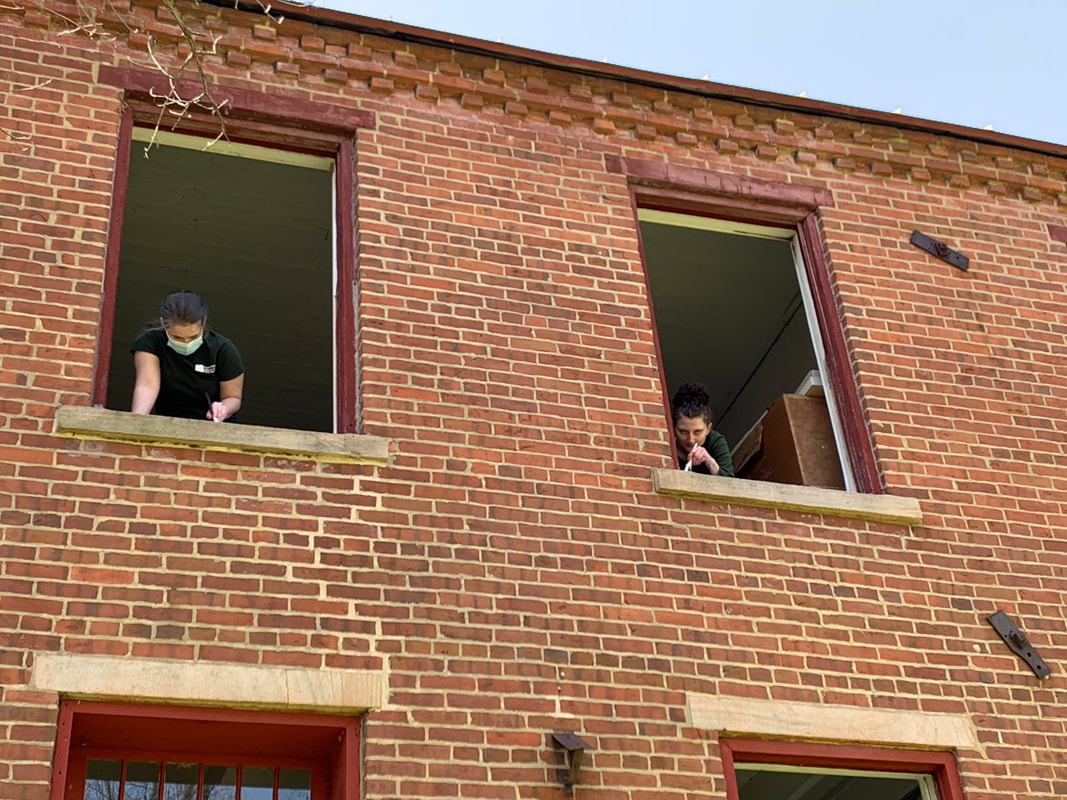
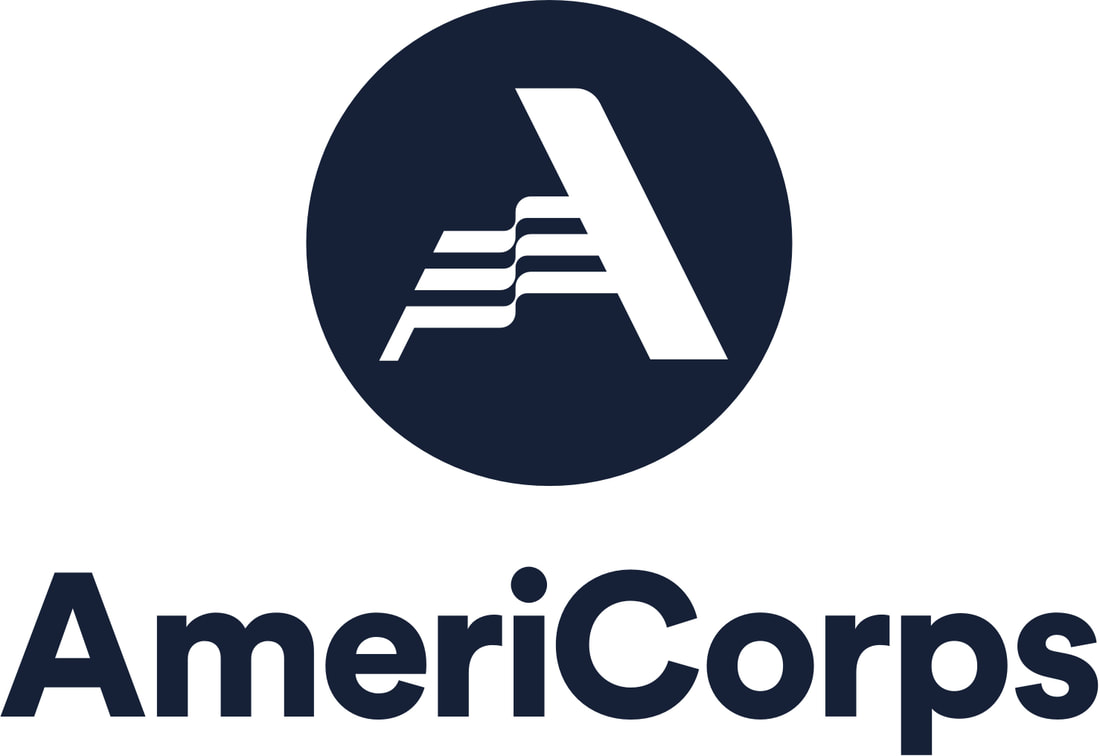
 RSS Feed
RSS Feed

